Understanding the Concept of Affinity Diagramming
Affinity diagramming is a powerful technique used for organizing and categorizing ideas. It is based on the principle of grouping similar ideas or concepts together, allowing for better understanding and analysis. This method involves writing each idea or concept on a separate note or card, and then physically arranging and rearranging them into groups based on their similarities. By visually clustering related ideas, affinity diagramming helps to identify patterns, connections, and themes that may not be immediately apparent.
The main objective of affinity diagramming is to facilitate collaboration and generate consensus among team members. It allows for the exploration of various perspectives and encourages creative thinking. Additionally, this technique enables participants to visualize the big picture, as well as the relationships between individual ideas. Affinity diagramming can be applied in a range of settings, from business and project management to design and problem-solving. Its versatility makes it a valuable tool for enhancing communication, fostering innovation, and promoting effective decision-making. By simplifying complex information and transforming scattered thoughts into a coherent structure, affinity diagramming provides a solid foundation for further analysis and action.
Benefits of Using Affinity Diagramming for Idea Organization
Affinity diagramming offers several benefits when it comes to organizing ideas. One of the main advantages is its ability to facilitate collaboration among team members. By involving multiple perspectives and voices, affinity diagramming allows for a more comprehensive and diverse approach to idea organization. This not only enhances the quality of the final outcome but also fosters a sense of ownership and engagement within the team. Additionally, affinity diagramming promotes visual thinking and provides a tangible representation of complex concepts. This enables individuals to better understand and connect ideas, leading to clearer communication and improved decision-making.
Another notable benefit of affinity diagramming is its flexibility and adaptability. This technique can be applied to various fields and industries, making it suitable for a wide range of projects and objectives. Whether it’s brainstorming new product features, analyzing customer feedback, or identifying key themes in research data, affinity diagramming can effectively organize and structure ideas in a way that is tailored to the specific needs and goals of the project. Moreover, the process of creating an affinity diagram encourages active participation and engagement from all team members, ensuring that everyone’s insights and perspectives are heard and considered.
Practical Applications of Affinity Diagramming in Various Fields
Affinity diagramming has found practical applications in various fields, ranging from business to education and healthcare. In the business world, it is commonly used during brainstorming sessions to organize and categorize ideas from team members. This enables teams to identify recurring themes or patterns, and develop innovative solutions or strategies based on these insights. Additionally, affinity diagramming has proven to be beneficial in the field of education, particularly in classroom settings. It allows students to visually organize their thoughts and ideas, enhancing their critical-thinking skills and promoting collaborative learning. Furthermore, in healthcare settings, affinity diagramming can be utilized to analyze and categorize patient feedback, identifying common themes or concerns that can inform improvement initiatives.
In the field of design and user experience, affinity diagramming is employed to gather and organize user feedback or data. Designers can use this technique to analyze user preferences, pain points, and expectations in order to develop user-centered designs. Affinity diagramming is also useful in the field of project management, as it helps teams identify and prioritize project goals, tasks, and deliverables. This enables efficient project planning and collaboration among team members. Moreover, affinity diagramming has proven to be valuable in research and data analysis. Researchers can use it to organize and analyze large amounts of qualitative data, enabling them to identify patterns, trends, and themes that can guide their research findings.
Step-by-Step Guide to Creating an Affinity Diagram
Step 1: Gather Your Ideas
To start creating an affinity diagram, gather all the ideas or data that you want to organize. This can be in the form of post-it notes, index cards, or any other physical or digital medium that allows for easy manipulation. Make sure to write down each idea or data point on a separate piece to maintain clarity and readability.
Step 2: Group Similar Ideas
Once you have all your ideas, start grouping them based on their similarities. Look for patterns, themes, or connections among the ideas, and place them in clusters accordingly. It’s important not to rush this step and take the time to carefully analyze and determine the most appropriate groupings.
Remember, the goal of affinity diagramming is to identify hidden relationships and uncover insights. Therefore, be open to discovering unexpected connections between ideas that may initially seem unrelated. The more time and effort you invest in this step, the more meaningful and valuable your affinity diagram will be.
Tips and Tricks for Effective Affinity Diagramming
Effective affinity diagramming requires careful planning and attention to detail. Here are some tips and tricks to help you get the most out of this powerful idea organization technique.
First, it’s essential to establish a clear goal or objective for your affinity diagram. This will provide focus and direction as you start grouping and organizing your ideas. Make sure to communicate this goal to your team members, as their input and collaboration will be crucial in creating a comprehensive and meaningful diagram.
Next, consider using color-coding or different shapes for your sticky notes to visually represent different categories or themes. This will make it easier to identify patterns and connections between ideas. Additionally, using short and concise labels on your sticky notes will help maintain clarity and prevent overcrowding on your diagram.
Furthermore, regularly taking breaks throughout the diagramming process can be incredibly beneficial. Stepping away from your work allows you to gain fresh perspectives and approach the diagram with a renewed sense of focus. Use these breaks to reflect on the progress made so far and brainstorm new ideas to add to your diagram.
Finally, don’t be afraid to iterate and refine your affinity diagram as you go along. It’s natural for new insights and connections to emerge, so be open to revisiting and reorganizing your sticky notes. Remember, the goal is to create a visual representation that effectively captures the relationships between your ideas.
By following these tips and tricks, you can ensure that your affinity diagram is a useful tool for organizing and analyzing ideas, fostering collaboration, and ultimately driving innovation in your projects.
Common Challenges and How to Overcome Them in Affinity Diagramming
One common challenge faced in affinity diagramming is the lack of participation and engagement from team members. Sometimes, individuals may not fully understand the purpose or process of affinity diagramming, leading to a lack of enthusiasm or contribution. In order to overcome this challenge, it is important to ensure that all team members are properly briefed on the concept of affinity diagramming and its benefits. Encourage open communication and create a supportive environment where everyone feels comfortable sharing their ideas. Additionally, assign roles and responsibilities within the team to ensure that each individual has a clear purpose and feels invested in the process.
Another challenge in affinity diagramming is the potential for bias or personal preferences to influence the grouping and organization of ideas. This can result in a skewed representation of the collected data and hinder the effectiveness of the diagram. To tackle this challenge, it is crucial to establish clear guidelines and criteria for grouping ideas. Encourage objective discussions and decision-making processes, where ideas are grouped based on logical connections and themes rather than personal opinions. Additionally, consider involving an impartial facilitator who can ensure that the process remains unbiased and objective. By addressing these challenges, affinity diagramming can become a powerful tool for idea organization and collaboration.
Case Studies: Real-Life Examples of Successful Affinity Diagramming
In a software development company, the team was faced with the challenge of improving their design process. They decided to utilize affinity diagramming to organize their ideas and identify common themes. By conducting a brainstorming session with their team members, they were able to gather a wide range of ideas. Through the affinity diagramming process, they grouped similar ideas together, allowing them to identify key themes and patterns. This helped the team to streamline their design process and focus on the most important aspects, leading to more efficient and successful outcomes.
In another case, a marketing team was tasked with creating a new advertising campaign for a client. With multiple team members involved and numerous ideas being generated, the team needed a way to organize and make sense of the overwhelming amount of information. They turned to affinity diagramming to visually group and categorize their ideas. Through this process, they were able to identify the main messages they wanted to convey, as well as the different mediums they could use to reach their target audience. The affinity diagramming technique enabled them to create a cohesive and impactful advertising campaign that resonated with their client’s goals and objectives.
• The software development team utilized affinity diagramming to improve their design process
• They conducted a brainstorming session to gather ideas from team members
• Affinity diagramming helped them group similar ideas together and identify key themes and patterns
• This streamlined their design process and allowed them to focus on important aspects
• The result was more efficient and successful outcomes in their projects
• The marketing team used affinity diagramming to create a new advertising campaign for a client
• With multiple team members and numerous ideas, they needed a way to organize the information
• Affinity diagramming visually grouped and categorized their ideas
• It helped them identify main messages and different mediums for reaching the target audience
• The outcome was a cohesive and impactful advertising campaign that aligned with the client’s goals
Comparing Affinity Diagramming with Other Idea Organization Techniques
Affinity diagramming is just one of the many techniques available for organizing and visualizing ideas. It offers a unique approach that sets it apart from other idea organization techniques. Unlike traditional brainstorming or mind mapping, affinity diagramming focuses on grouping related ideas together based on their natural affinities or similarities. This allows for a more structured and organized representation of ideas, making it easier to analyze and make sense of complex information.
Compared to techniques like mind mapping, affinity diagramming offers a more systematic and collaborative approach. While mind mapping allows for free-flowing association of ideas, affinity diagramming encourages participants to actively categorize and group ideas based on their common themes. This can be particularly beneficial when dealing with larger amounts of data or complex problem-solving scenarios. By visually organizing ideas into clusters, affinity diagramming enables teams to see the bigger picture and identify patterns and relationships that may have been overlooked.
Future Trends and Innovations in Affinity Diagramming
In recent years, the practice of affinity diagramming has gained popularity as a powerful tool for idea organization and collaboration. As technology continues to advance, we can anticipate several future trends and innovations that will further enhance the effectiveness and efficiency of affinity diagramming.
One potential trend is the integration of affinity diagramming software into existing project management and collaboration platforms. This integration would allow teams to seamlessly transition from brainstorming and idea generation to organizing and executing plans, all within a single platform. Additionally, the use of artificial intelligence and machine learning algorithms could help automate certain aspects of the affinity diagramming process, such as grouping and categorizing ideas, saving valuable time for teams.
Another exciting innovation on the horizon is the incorporation of virtual reality (VR) and augmented reality (AR) technologies into affinity diagramming. Imagine being able to physically manipulate and rearrange virtual sticky notes and diagrams in a three-dimensional space! This immersive experience could greatly enhance team collaboration and problem-solving, especially for remote teams who are not physically present in the same location. These advancements in VR and AR technology hold immense potential for revolutionizing the way we approach affinity diagramming in the future.
Conclusion: Harnessing the Power of Affinity Diagramming for Visual Idea Organization
Affinity diagramming is a powerful tool that offers numerous benefits for visual idea organization. It allows teams to break down complex problems, identify patterns, and categorize ideas in a structured and systematic way. By using this technique, teams can foster collaboration and improve decision-making processes.
One of the main advantages of affinity diagramming is its ability to bring together diverse perspectives and ideas. By involving all team members in the process, it encourages active participation and equal contribution. This not only ensures that all voices are heard, but also enhances creativity and innovation. Moreover, the visual representation of ideas in an affinity diagram helps team members to easily grasp complex concepts and identify relationships and connections that may not have been apparent initially. Overall, affinity diagramming is an invaluable tool for any team or organization looking to effectively organize and harness the power of ideas.
What is affinity diagramming?
Affinity diagramming is a visual idea organization technique that helps group and categorize ideas, information, or data based on their natural relationships or similarities.
What are the benefits of using affinity diagramming for idea organization?
Affinity diagramming promotes collaboration, enhances creativity, improves decision-making, increases organization and clarity, and helps identify patterns or themes among ideas.
In which fields can affinity diagramming be applied?
Affinity diagramming can be applied in various fields such as business, project management, design, research, problem-solving, brainstorming, and any situation that involves organizing and categorizing ideas.
How can I create an affinity diagram?
You can create an affinity diagram by following a step-by-step process that involves brainstorming, grouping related ideas, labeling groups, and arranging them visually on a diagram or a board.
What are some tips for effective affinity diagramming?
Some tips for effective affinity diagramming include encouraging open communication, using sticky notes or cards for easy rearrangement, involving a diverse group of participants, and focusing on the natural relationships between ideas.
What are some common challenges in affinity diagramming and how can they be overcome?
Common challenges in affinity diagramming include overcoming biases, dealing with a large number of ideas, managing conflicting opinions, and maintaining focus. These challenges can be overcome by providing clear guidelines, using facilitation techniques, and encouraging collaboration and compromise.
Can you give any real-life examples of successful affinity diagramming?
Yes, case studies illustrating successful affinity diagramming can be found in the article. They showcase how affinity diagramming has been used in various scenarios and industries to effectively organize ideas and solve problems.
How does affinity diagramming compare to other idea organization techniques?
Affinity diagramming offers a more visual and collaborative approach compared to other techniques like mind mapping or brainstorming. It focuses on categorizing ideas based on their natural relationships, whereas other techniques may prioritize hierarchy or individual thinking.
What future trends and innovations can we expect in affinity diagramming?
The article discusses possible future trends and innovations in affinity diagramming, such as the integration of technology for virtual collaboration, AI-assisted idea grouping, and advanced data visualization techniques.
In conclusion, how can we harness the power of affinity diagramming for visual idea organization?
By understanding the concept, leveraging its benefits, following a step-by-step guide, implementing effective techniques, overcoming challenges, learning from case studies, comparing it to other methods, and staying updated on future trends, we can fully harness the power of affinity diagramming for visual idea organization.

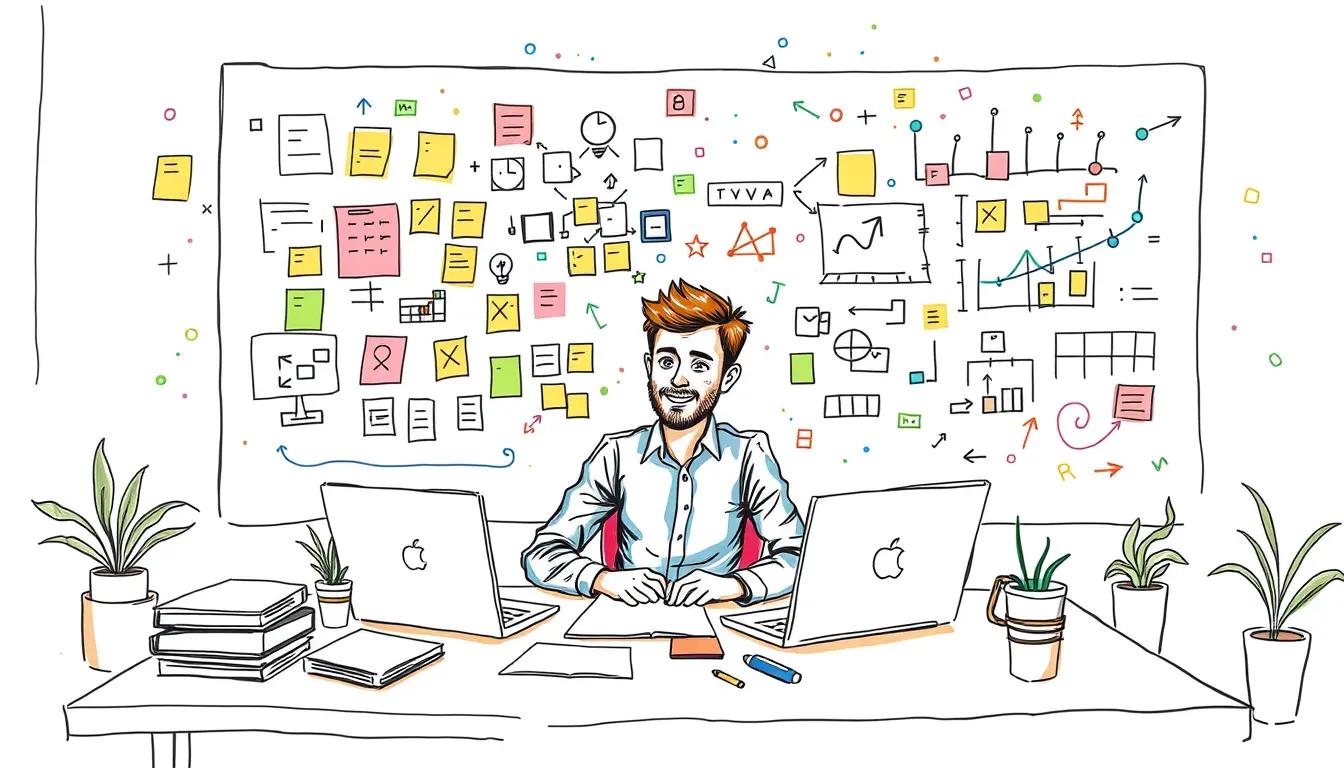







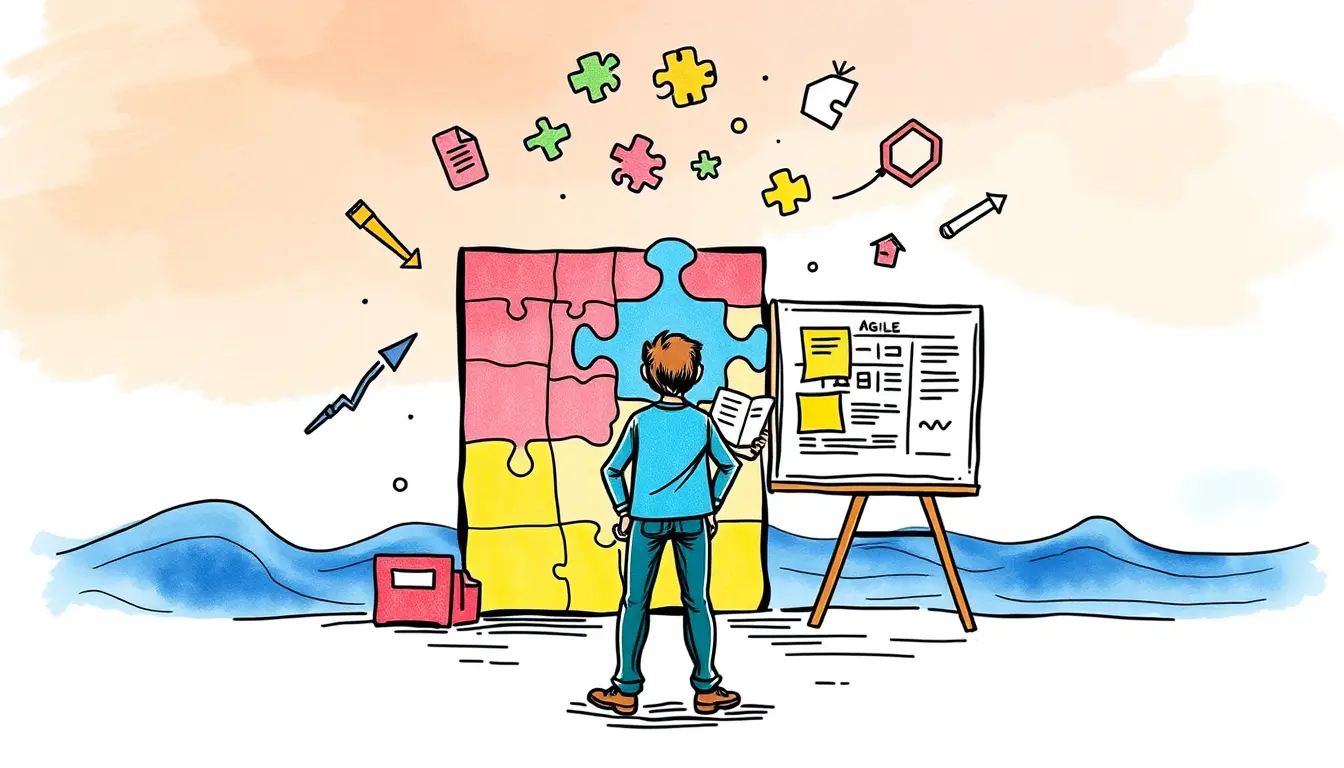

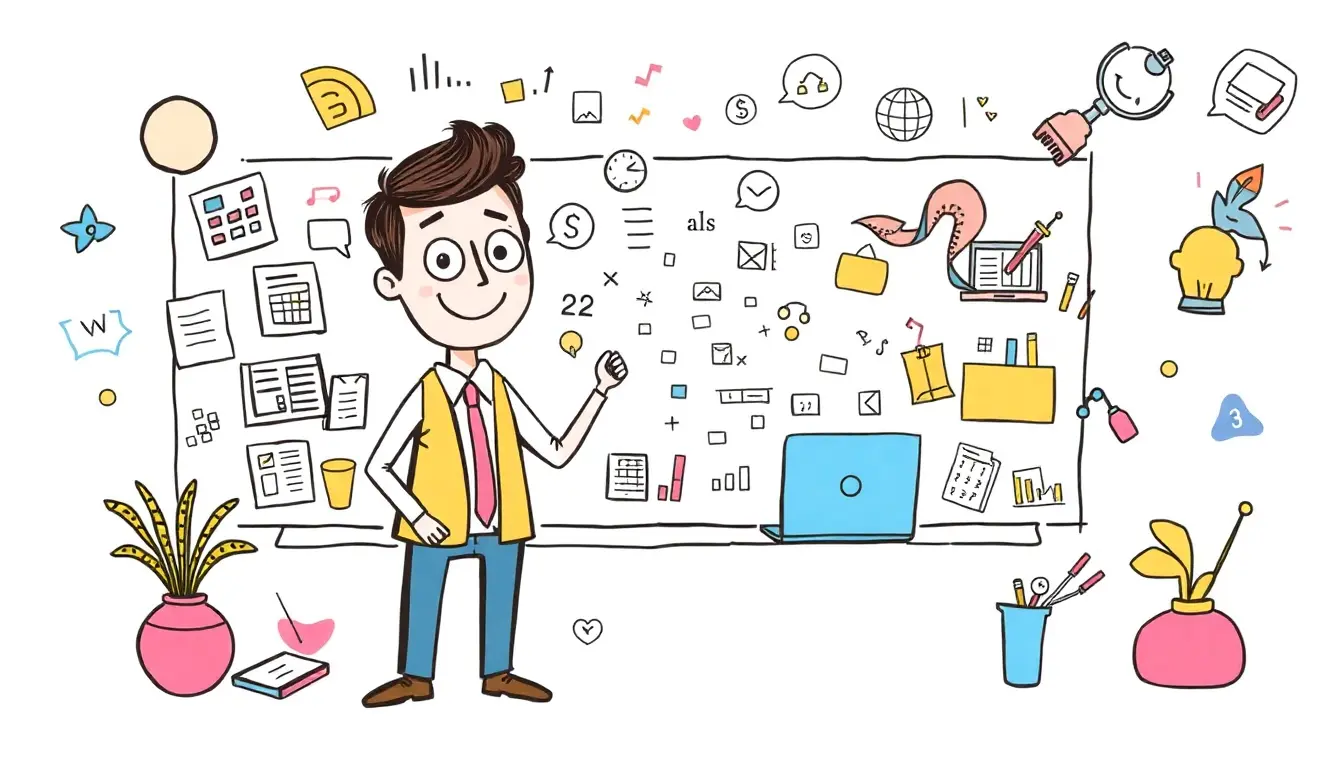
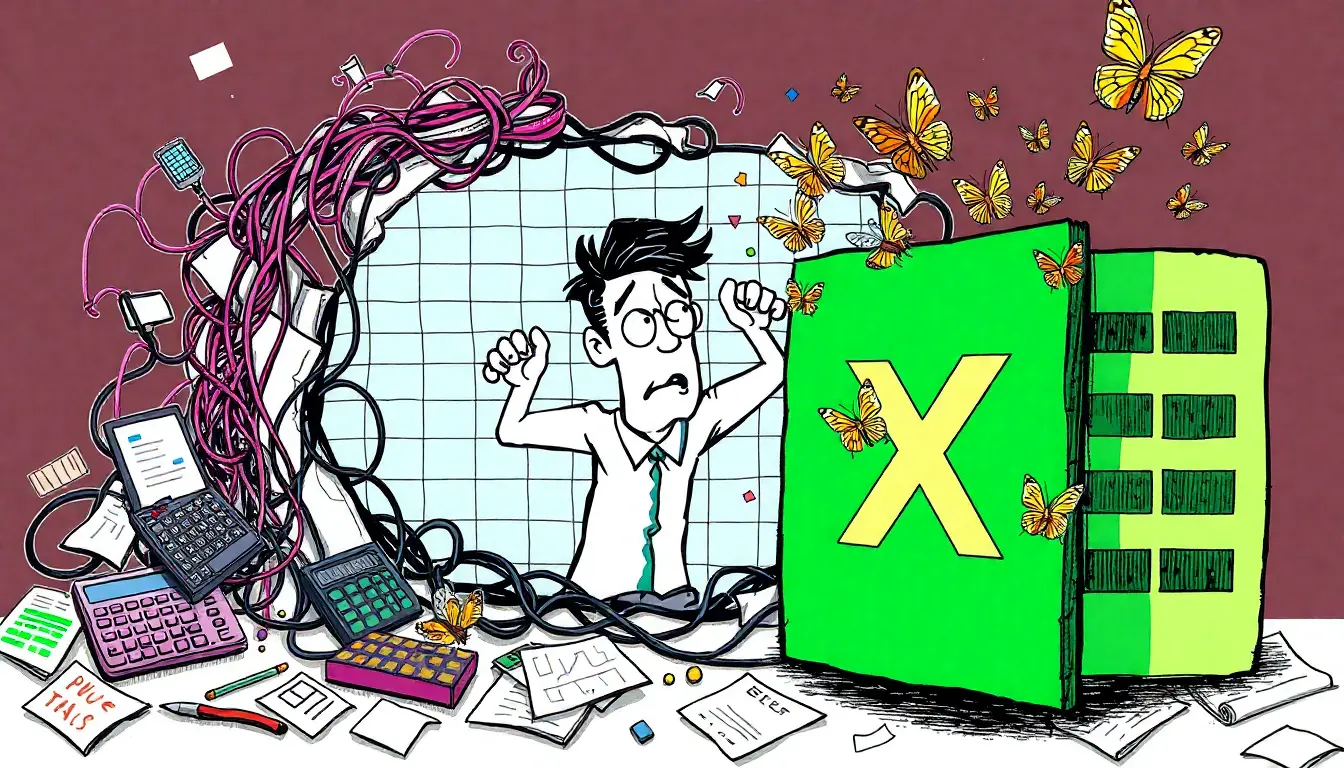
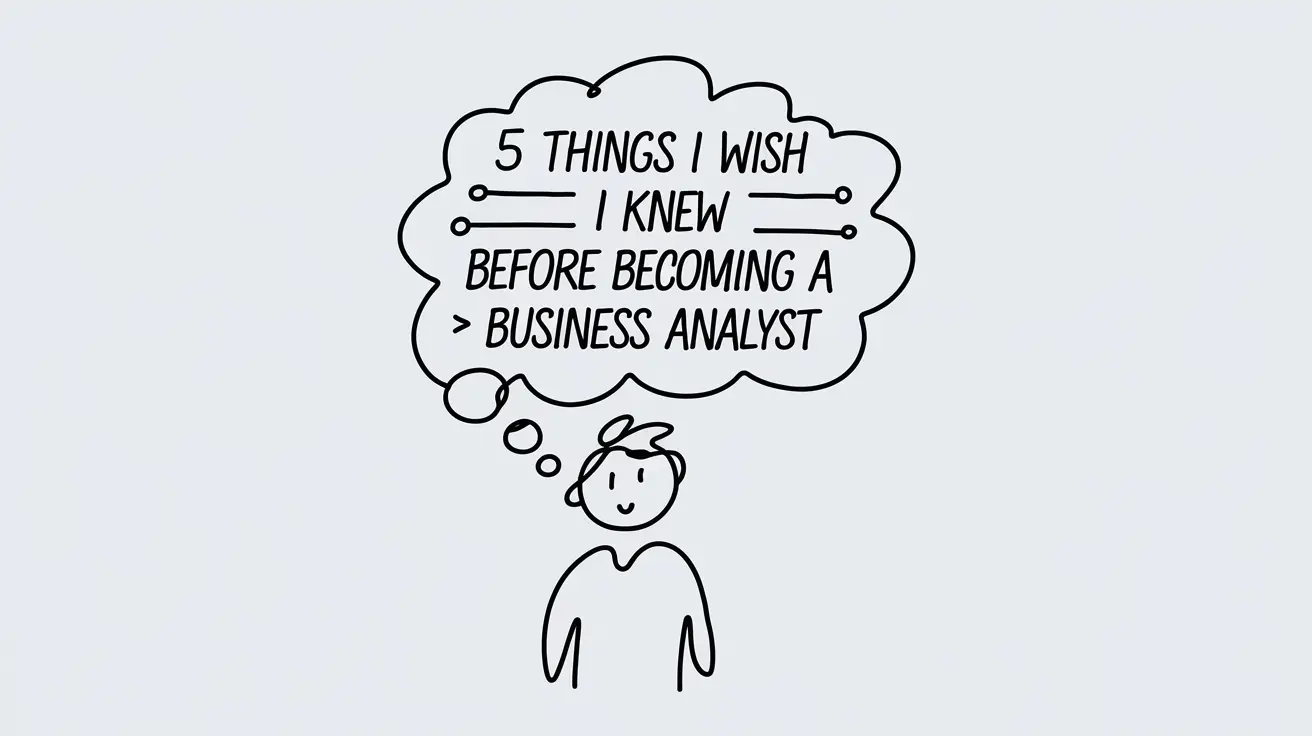
Leave a Reply